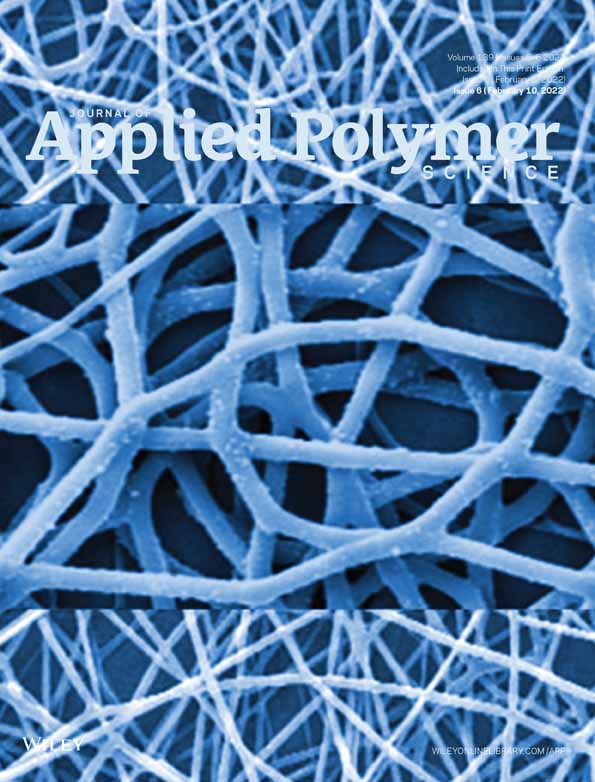Reactive extrusion of biodegradable PGA/PBAT blends to enhance flexibility and gas barrier properties
Christopher Ellingford and Paresh Kumar Samantaray contributed equally to this work.
Funding information: Industry funding, Grant/Award Number: pujing
Abstract
Among commercial biodegradable polyesters, poly(glycolic acid) (PGA) has been rarely investigated for packaging applications, despite its unique advantages such as 100% compostability, high degree of crystallinity, high thermal stability and high gas barrier properties. The application of PGA has been limited by its mechanical brittleness, moisture sensitivity, and high melting temperature (~240°C), restricting its processing and applications for film packaging. In this study, PGA was modified by blending with poly (butylene adipate-co-terephthalate) (PBAT) via melt-extrusion. A commercial terpolymer of ethylene, acrylic ester and glycidyl methacrylate (EMA-GMA) was selected for compatibilization. The phase morphology, rheology, thermal, mechanical and gas barrier properties of the blends were investigated. With addition of 20 wt. % EMA-GMA, the elongation of PGA/PBAT (50/50 wt. %) blends was improved from 10.7% to 145%, the oxygen permeability was reduced from 125 to 103 (cm3 mm)/(m2 24 h atm), and the water vapor barrier performance was improved by ~47%. The enhancement in ductility, oxygen and water vapor barrier properties of the flexible blends were ascribed to the interfacial bonding between PBAT and PGA enabled by EMA-GMA. The compatibilized PGA/PBAT blends with high thermal stability up to 300°C are preferable for high temperature or hot food packaging.




